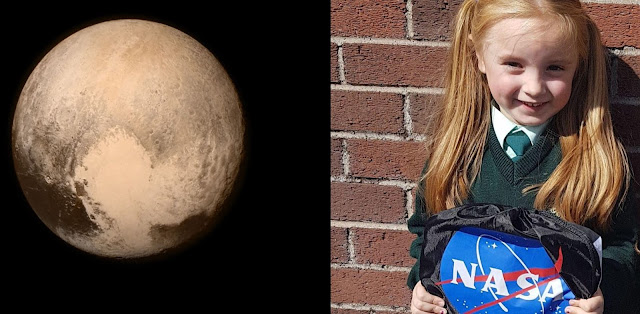Hubble just spotted something massive coming out of Uranus
Bursts of solar winds caused a huge sparkling region on Uranus, scientists observed this by using Hubble space telescope. Electrons that come from various origins such as solar winds, the planetary ionosphere and moon volcanism, when charged in the form of streams caused this, researchers from the Paris Observatory used the NASA/ESA Hubble Space Telescope to observe this on Uranus. They were able to catch it in powerful magnetic fields and, controlled it into the upper atmosphere, where set off spectacular bursts of light when made interactions with gas particles, such as oxygen or nitrogen.
Research have also been made in 2012 and 2014 on this. A team led by an astronomer from Paris Observatory took a second look at the auroras using the ultraviolet capabilities of the Space Telescope Imaging Spectrograph (STIS) installed on Hubble. Two powerful bursts of solar wind traveling from the sun to Uranus caused the interplanetary shocks and these shocks are tracked by the Scientists by using Hubble.
They found themselves observing the most intense auroras ever seen on the planet.
They collected the first direct evidence that these powerful shimmering regions rotate with the planet, when they watched the auroras over time.
They also re-discovered Uranus’ long-lost magnetic poles, which were lost shortly after their discovery by Voyager 2 in 1986 due to uncertainties in measurements and the featureless planet surface.


Comments
Post a Comment